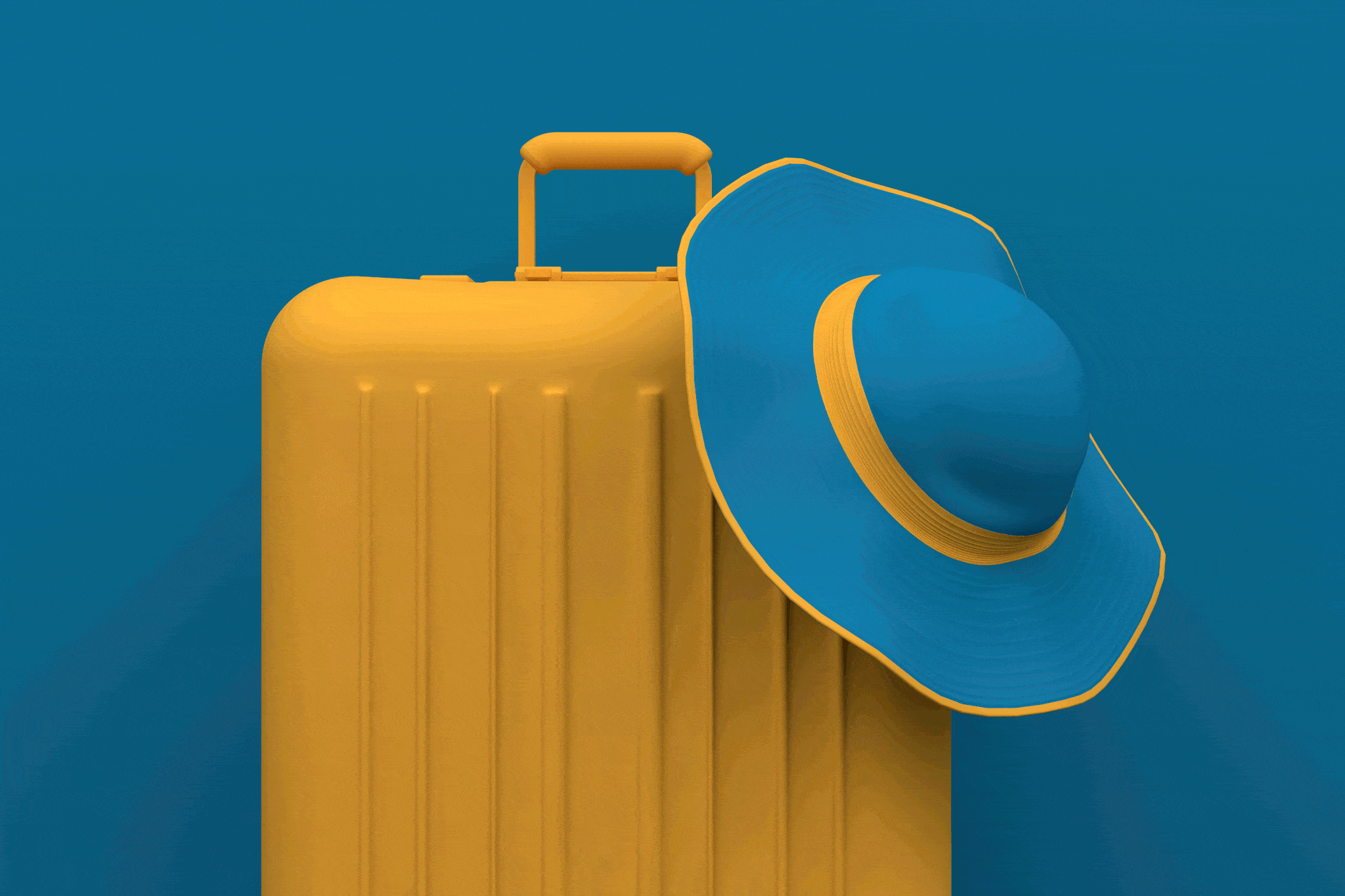
What Happens If Your Carry-On Is Too Big?
Imagine this: you’ve just arrived at the airport, excited for your upcoming trip. But as you approach the security line, a dreaded realization hits you – your carry-on is too big!
Panic sets in as you try to figure out what to do. Can you check your bag? Will you have to pay extra fees? And most importantly, will you miss your flight? Don’t worry, we’ve got you covered. In this comprehensive guide, we’ll delve into everything you need to know about navigating the airport with an oversized carry-on.
Oversized Carry-On Policies
Before you set foot in the airport, it’s crucial to understand the airline’s carry-on policies. Every airline has specific guidelines regarding the dimensions and weight of carry-on luggage. These regulations are strictly enforced to ensure the safety and efficiency of the flight. To avoid any surprises, check the airline’s website or contact their customer service for detailed information.
Consequences of an Oversized Carry-On
If your carry-on exceeds the airline’s specified dimensions or weight, you could face a range of consequences, including:
- Gate check: The airline may require you to check your bag at the gate. This means it will be transported in the cargo hold during the flight. While gate-checking is typically free of charge, it can be a hassle, especially if you have valuables or items you need during the flight.
- Excess baggage fees: Some airlines charge additional fees for oversized carry-on luggage. These fees can vary depending on the airline and the amount of excess weight or size.
- Denied boarding: In rare cases, if your carry-on is excessively oversized or heavy, the airline may deny you boarding. This is primarily done to ensure the safety and comfort of all passengers.
What to Do If Your Carry-On Is Too Big
If you find yourself with an oversized carry-on, there are a few steps you can take to avoid any difficulties:
- Re-pack: If possible, try to re-pack your belongings into a smaller carry-on or check the oversized bag. This may require some creative packing strategies or removing unnecessary items.
- Gate check: If re-packing is not feasible, proceed to the gate and inquire about gate-checking your bag. This is usually a free service, but it’s always a good idea to confirm with the gate agent.
- Pay excess baggage fees: If gate-checking is not an option, you may have to pay excess baggage fees to transport your oversized carry-on. Be prepared to pay the applicable charges.
- Purchase a checked bag: If you have a substantial amount of oversized luggage, consider purchasing a checked bag. This ensures that your belongings will be safely transported in the cargo hold.
Tips and Expert Advice
To avoid the hassle of dealing with an oversized carry-on, follow these tips and expert advice:
- Measure your bag: Before packing, measure your carry-on against the airline’s specified dimensions. This ensures that it meets the requirements and prevents any surprises at the airport.
- Pack light: Avoid overpacking your carry-on by only bringing essential items. Leave room for souvenirs or items you may purchase during your trip.
- Use luggage scales: If you’re concerned about the weight of your carry-on, invest in a luggage scale. This helps you avoid excess baggage fees and ensures your bag meets the weight restrictions.
- Contact the airline: If you have any questions or concerns about your carry-on, don’t hesitate to contact the airline. They can provide detailed information and assist with any special arrangements.
Frequently Asked Questions
Q: Can I bring a backpack and a carry-on bag?
A: Most airlines allow you to carry one personal item (such as a backpack or purse) and one carry-on bag. However, it’s always best to check the airline’s policies to confirm.
Q: What happens if I have a gate-checked bag?
A: Gate-checked bags are transported in the cargo hold but can be retrieved at the gate upon arrival. Be aware that some airlines may charge a fee for gate-checking bags.
Q: Can I check my carry-on for free?
A: Gate-checking is typically free of charge. However, checking a bag at the check-in counter may incur a fee, especially for oversized or overweight luggage.
Conclusion
Navigating the airport with an oversized carry-on can be stressful, but it doesn’t have to be a nightmare. By understanding the airline’s policies, following expert advice, and being prepared, you can minimize any inconvenience and ensure a smooth travel experience. Remember, the goal is to pack smart, avoid excess baggage fees, and make the most of your journey without the hassle of an oversized carry-on.
Are you interested in learning more about travel tips and regulations? Let us know in the comments below, and we’ll be happy to provide additional information.

Image: www.goodhousekeeping.com

Image: www.afar.com
Photos of holidaymakers carrying too much luggage on board flights shared on social media in new #CarryOnShame Twitter campaign | Daily Mail Online Jan 3, 2024Carry-on luggage must pass through airport security and, therefore, cannot include dangerous materials or excessive amounts of liquid. According to the TSA’s 3-1-1 liquids rule, they can be a maximum of 3.4 ounces (100 ml) per item, they must fit into a quart-sized plastic bag, and each passenger is allowed one quart-sized bag.